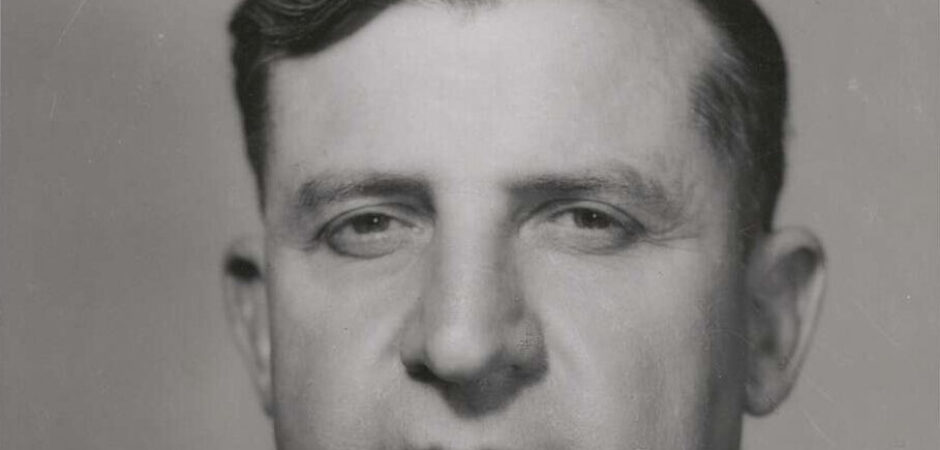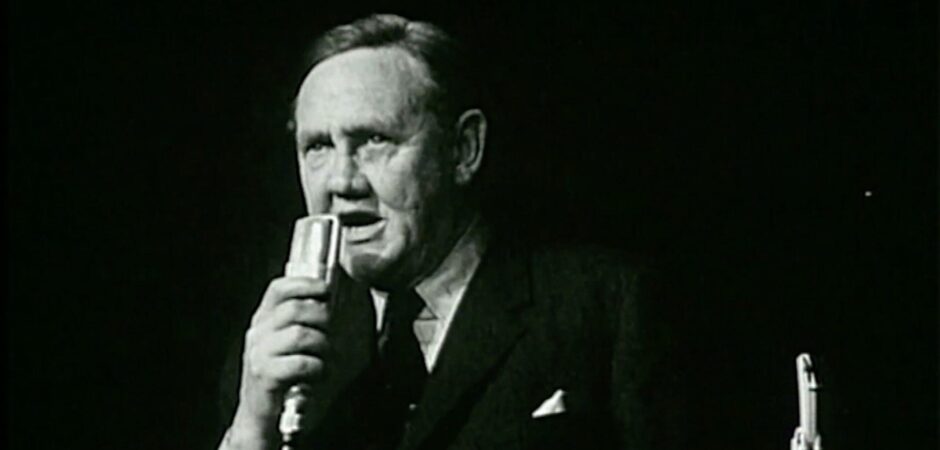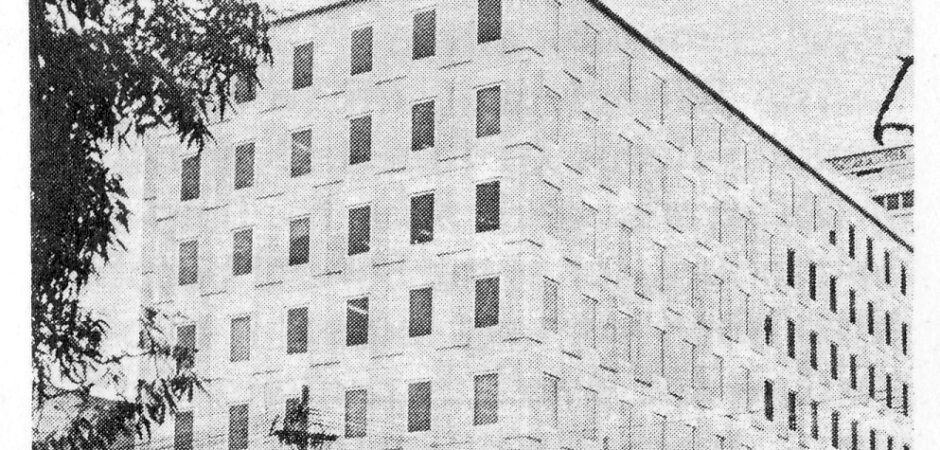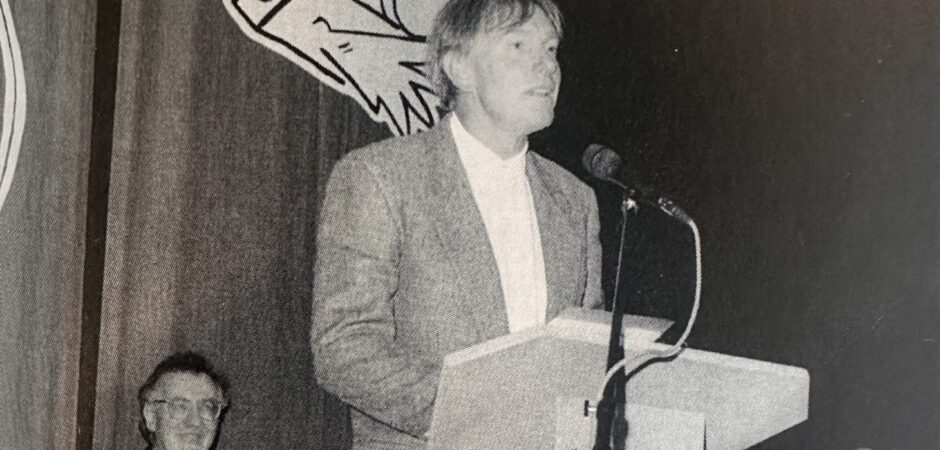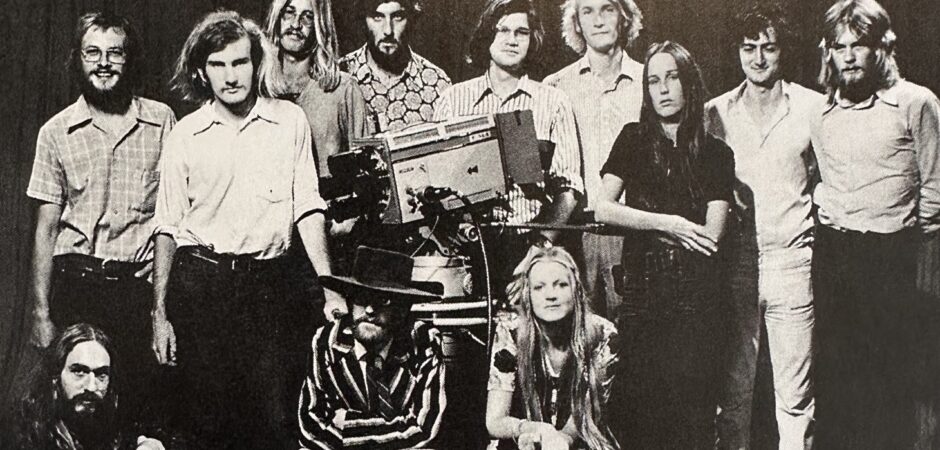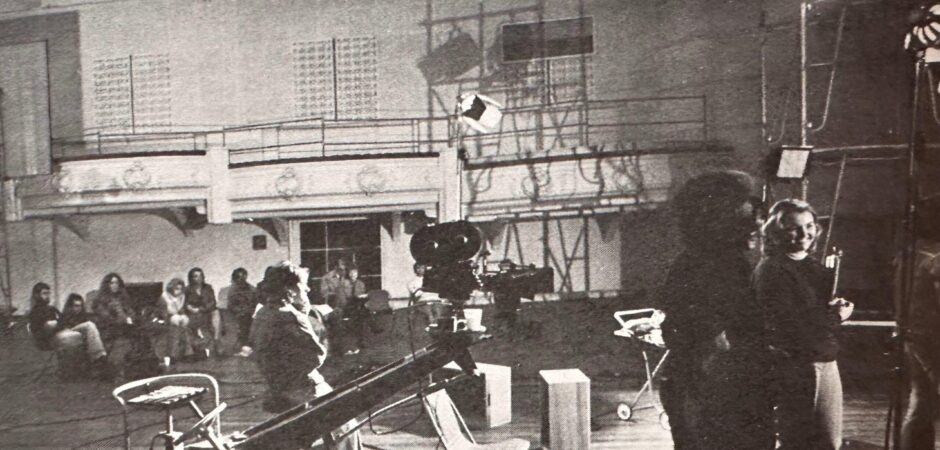14th April 1975
First Full-Time Intake
After a five-month recruitment period across the country, with tests and interviews, 25 students aged between 18 and 32 are selected for the inaugural full-time program, which begins in April.
The graduates of the 1975-78 program were: Ian Allen, Martha Ansara, Michael Brindley, Annmarie Chandler, Barbara Chobocky, Marcus Cole, Gillian Coote, Peter Gray, Alexander (Sandy) Gutman, Paul Harmon, Ken Kelso, Gillian Leahy, Peita Letchford, Shalagh McCarthy, Sophia Turkiewicz, John Tweg, Jekabs Zalkans, Gillian Burnett, Vaughan Davies, Gary Deacon, Rivka Hartman and Stephen Wallace.1
11 AFTS Annual Report: 71/72-79/80, Appendix 2
